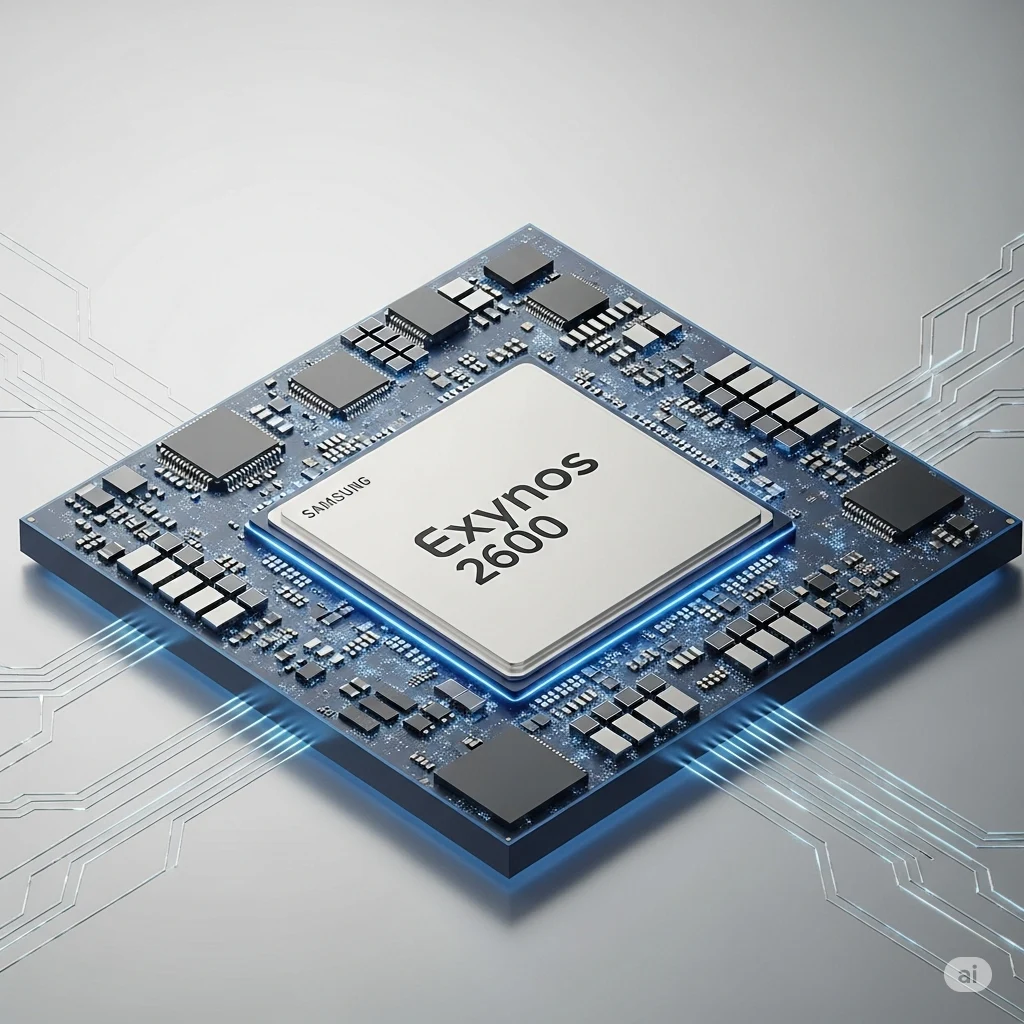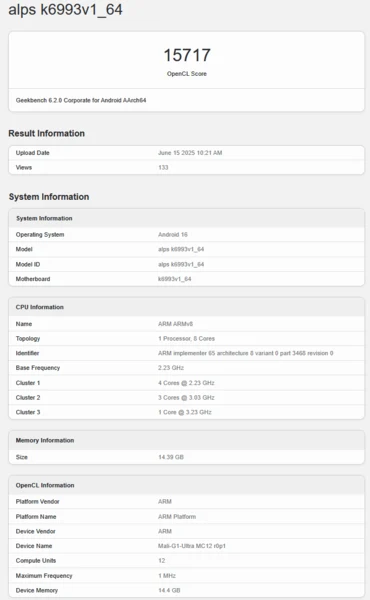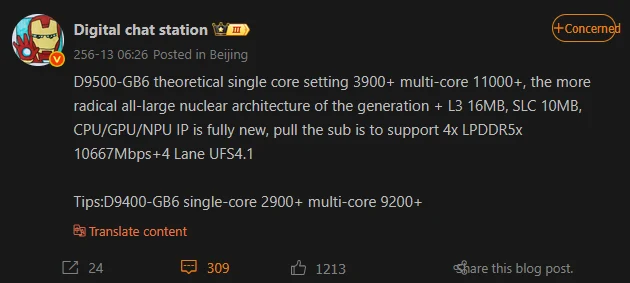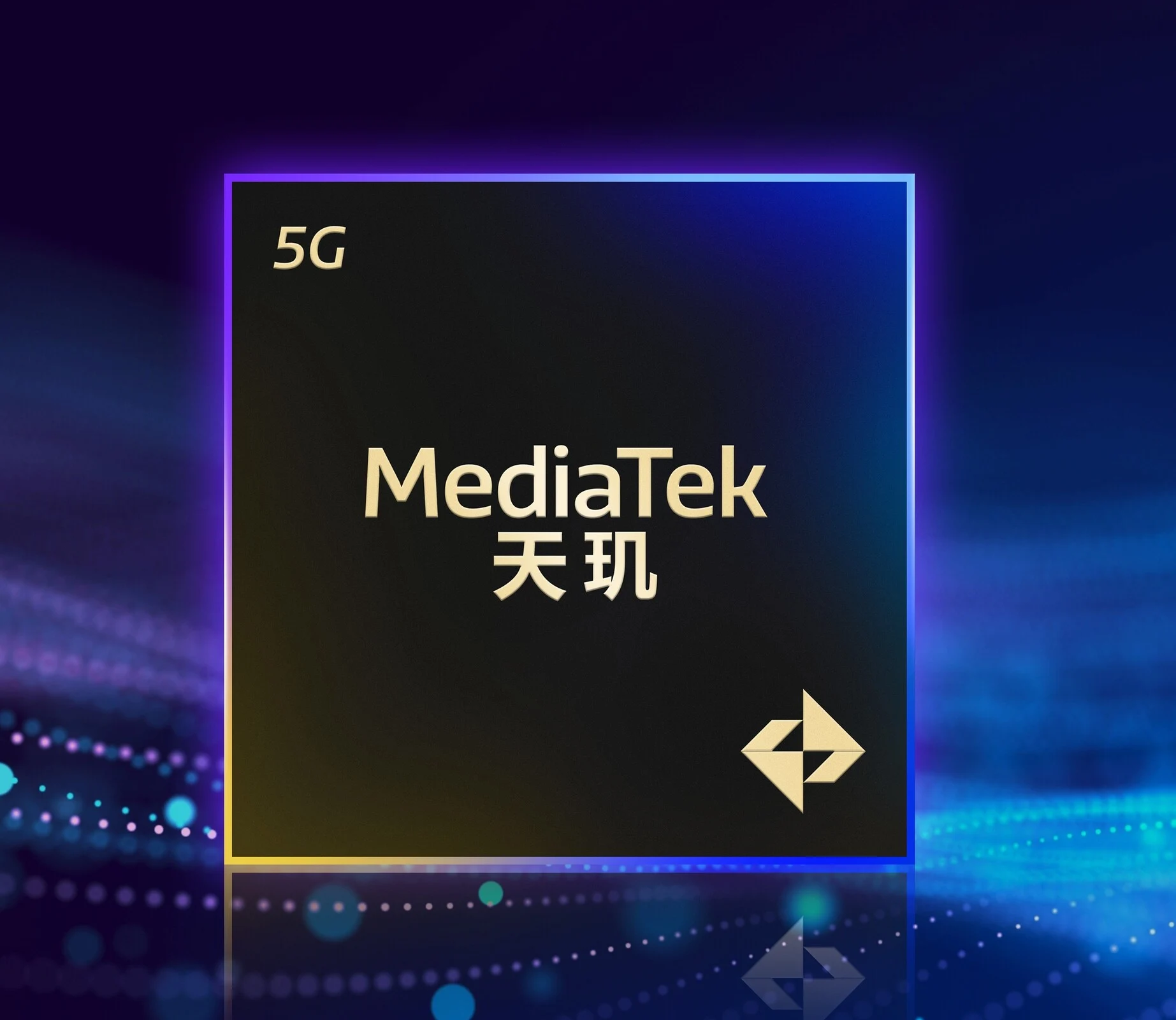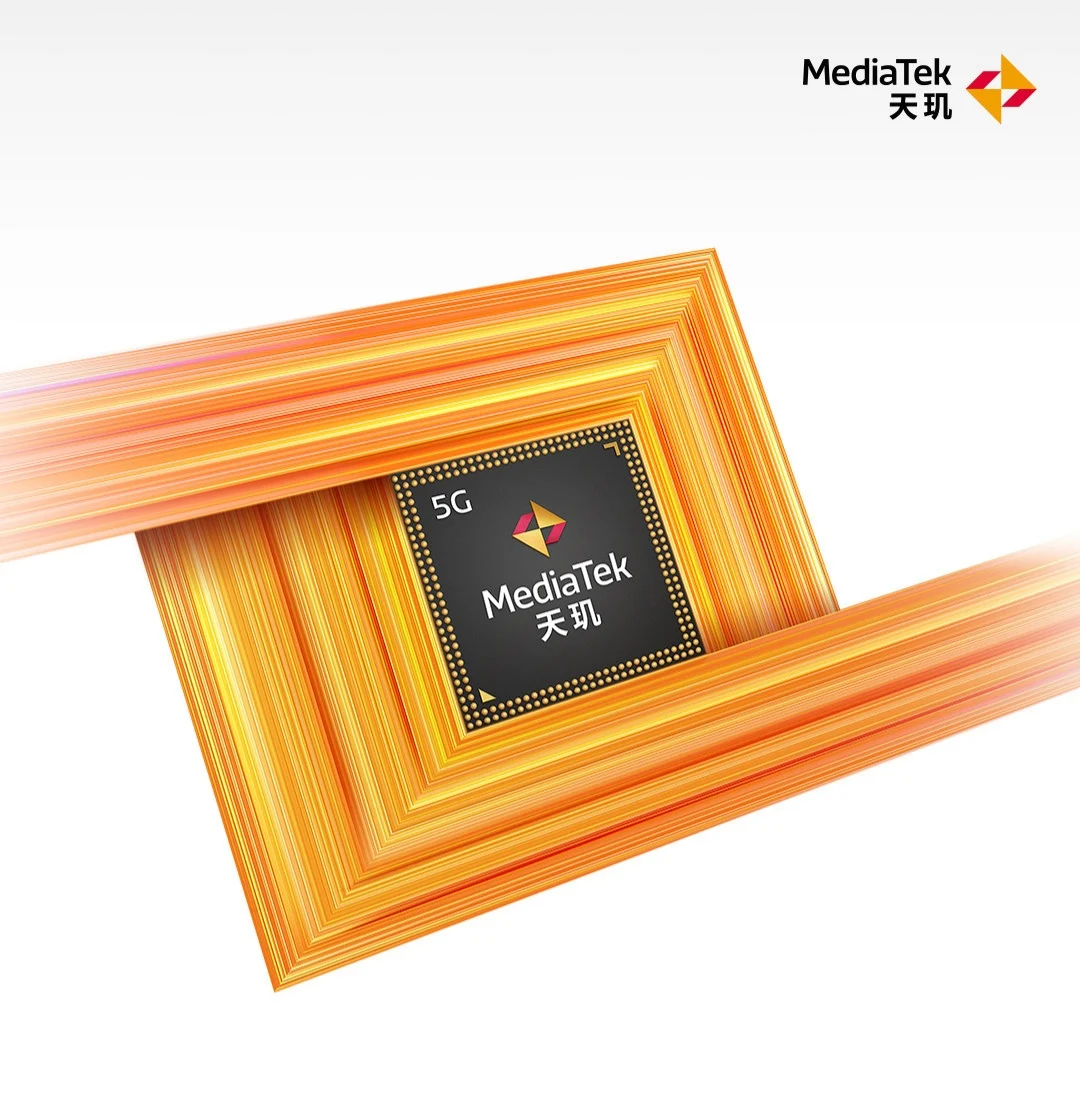Key Takeaways
1. The Vivo X300 Pro is expected to feature a triple rear camera setup with a new 50MP Sony LYT-828 main sensor, enhancing dynamic range capabilities.
2. In addition to the main sensor, the camera will likely include a 50MP ultra-wide lens and a 200MP periscope telephoto lens.
3. The device is anticipated to use a Dimensity 9500 chipset, improving performance over the previous model’s Dimensity 9400.
4. The Vivo X300 Pro may come with a large 7,000mAh battery, an upgrade from the 6,000mAh battery in the Vivo X200 Pro.
5. The launch is expected in China in Q4 2025, with a global release planned for early 2026.
The Vivo X200 Pro was launched in 2024 and was highly praised for its camera capabilities. Now, even before any official announcement, there are already whispers and leaks about its successor, the Vivo X300 Pro. A recent leak from Digital Chat Station has shed some light on the camera features of this upcoming model.
Camera Features
The Vivo X300 Pro is rumored to come equipped with a triple rear camera arrangement. It is expected to include a 50MP Sony LYT-828 1/1.3” main sensor. The LYT-828 is a new image sensor from Sony, which replaces the previous LYT-818 sensor found in the Vivo X200 Pro. This new sensor boasts a Hybrid Frame-HDR (HF-HDR) capability that, according to Sony, enhances the dynamic range to over 100 dB, a noticeable upgrade from the 86 dB offered by the LYT-818.
Additional Specifications
In addition to the primary sensor, the camera setup of the X300 Pro is rumored to feature a 50MP ultra-wide lens and a 200MP 1/1.4” periscope telephoto lens. The leak also suggests that Vivo plans to implement a new coating technology that may help in minimizing lens flare.
Performance and Battery Life
Under the hood, the Vivo X300 Pro is expected to be driven by the Dimensity 9500 chipset, which is the successor to the Dimensity 9400 found in the X200 Pro. Furthermore, there are indications of a massive 7,000mAh battery for the X300 Pro, compared to the 6,000mAh battery in the previous model. The launch of the Vivo X300 Pro in China is anticipated in Q4 2025, with a global release expected in early 2026.
Source:
Link



